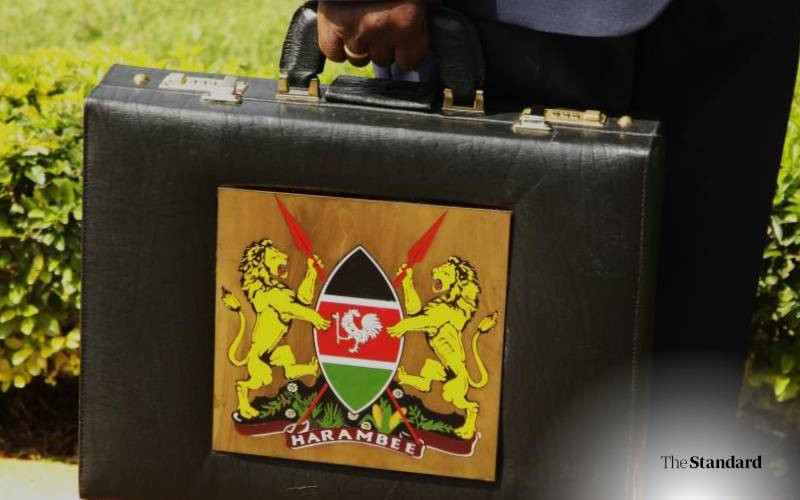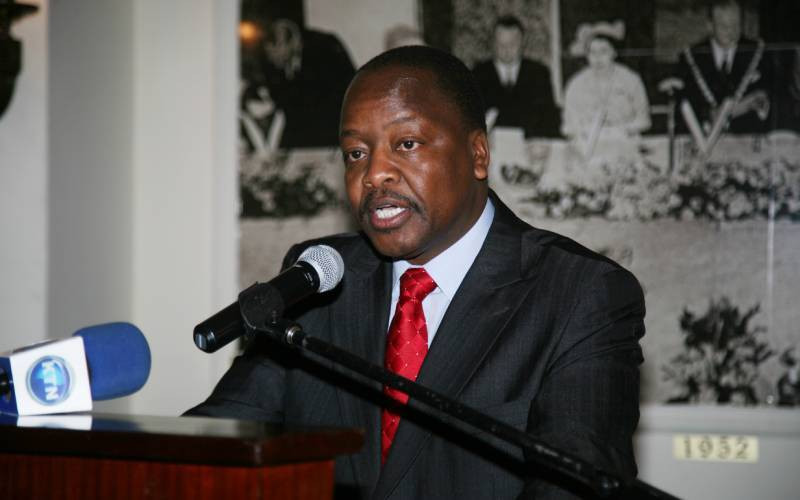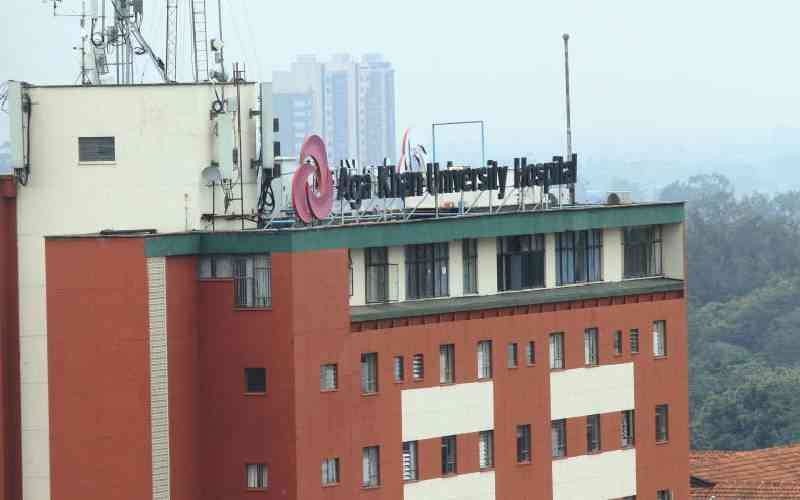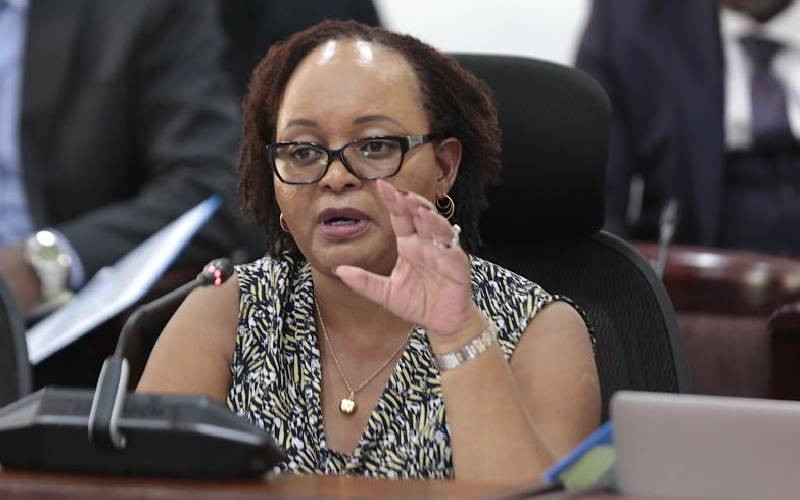As predicted last week, there is a general national silence around the state of the economy as we are diverted towards the 2025 Finance Bill.
To repeat, we will spend 60 per cent of our time here, and only five per cent on the increasingly incoherent spending estimates that cause these tax changes (as well as the next round of borrowing), with little or nothing on the economy itself.
The most we get from a government communication machine eager to parade activity rather than output-level achievements after nearly three years in office is “we have stabilized the economy” or “we have improved the economy”.
One reason for this lack of official hoopla is that we now have the 2025 Economic Survey before us. As usual, it is a treasure trove of data and information, but let’s tease out a couple of broad observations today.
We can confirm, for example, that maize production was 43 million, not 74 million, 90 kg bags, but also that coffee, tea, sugar, milk, and wheat production improved, but horticulture exports fell, as did cement consumption and new motor vehicle purchases.
The short story is that the economy grew by 4.7 per cent in 2024, real per capita income was up by 2.9 per cent, but real wages fell for the fifth year in a row. To repeat for the umpteenth time, we are unable to escape our long-term five per cent KANU growth rate.
Although the survey doesn’t dwell on targets, it is useful to remember that this administration promised us 2024 GDP growth of 6.3 per cent.
If we break it down in the traditional way, the target split was 4.8 per cent from agriculture (we hit 4.6 per cent), 5.4 per cent from industry (we did 0.8 per cent), and 6.6 per cent from services (actual was 6 per cent).
If you are looking at the industry, mining contracted by 9.7 per cent, construction by 0.7 per cent, and manufacturing was up by 2.5 per cent.
If you are looking at services, tourism was up by an astonishing 25.7 per cent, and the creative economy grew by 15 per cent. In agriculture, the stars were fishing, which grew at 10.3 per cent, with livestock also up by 9.4 per cent.
There’s a slightly different picture if we break it down using the five clusters (sectors) of the Bottom-Up Economic Transformation Agenda (BETA).
Finance and production targeted 7.3 per cent growth but hit 4.6 per cent. Social hit 4.7 per cent against a 5.1 per cent target. Infrastructure’s score was four per cent against a 6.1 per cent target. Environment and natural resources at 7.9 per cent almost hit its 8.1 per cent target.
Finally, governance and public administration were the growth star, 7.9 per cent against a five per cent target. Overall, it is very tempting to conclude that it isn’t the productive economy that’s growing.
Put differently, is there too much government in the economy when the government isn’t the economy? Check out public administration and defence, which hit its highest growth rate in five years at 8.2 per cent!
Stay informed. Subscribe to our newsletter
Equally interesting is the changing shape of our economy towards services and away from agriculture and industry. In real terms, we are looking at a roughly one per cent shift each year towards services. It is difficult to see how we establish a solid taxpayer base without a strong agro-industrial base to start with.
Which brings us to a further reason for official silence, the survey’s jobs data. Predictably, the talk about a million, or millions of jobs created, was firmly dispelled by the finding that about 78,000 jobs were created in the formal sector, the lowest job creation rate in five years, while 703,000 jobs were created informally for a total of 780,000-odd jobs.
The BETA target for 2024 was 264,000 formal and 836,000 informal jobs (total 1.1 million jobs), while the target for this year is 1.207 million jobs, of which 374,200 are formal jobs.
What does the survey tell us about job creation in 2024? In the formal private sector, roughly 7,000 jobs each were created in agriculture and manufacturing, with about 34,000 new jobs in services (trade, tourism, and education).
In formal public sector, 24,000 jobs were created across public administration and defence, and education. In the informal sector, the survey counted 680,000 new jobs in trade and tourism, almost 120,000 jobs in manufacturing, with 150,000 community, social, and personal service jobs lost.
One gets the growing sense that our so-called diversified economy is structurally unproductive. We grow some things, we try to make other things, but we are most comfortable in front-office trade and services.
The survey captures much more detail across its almost 600 pages, but it isn’t rocket science to conclude that we have an underperforming economy with falling real incomes that simply isn’t creating good jobs fast enough for an increasingly restive population.
If there is anything on which this administration will be judged, it will not be the projects that were launched or the initiatives that were initiated. It will not be the policy adventure on which it has embarked, even as suspicions persist about primitive accumulation.
To wit, we would not need to be told that the economy is performing; we would feel it in jobs. We don’t.

























